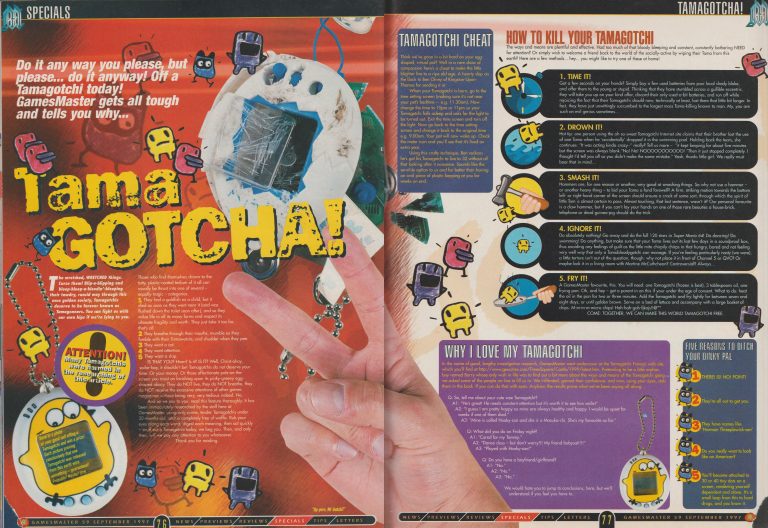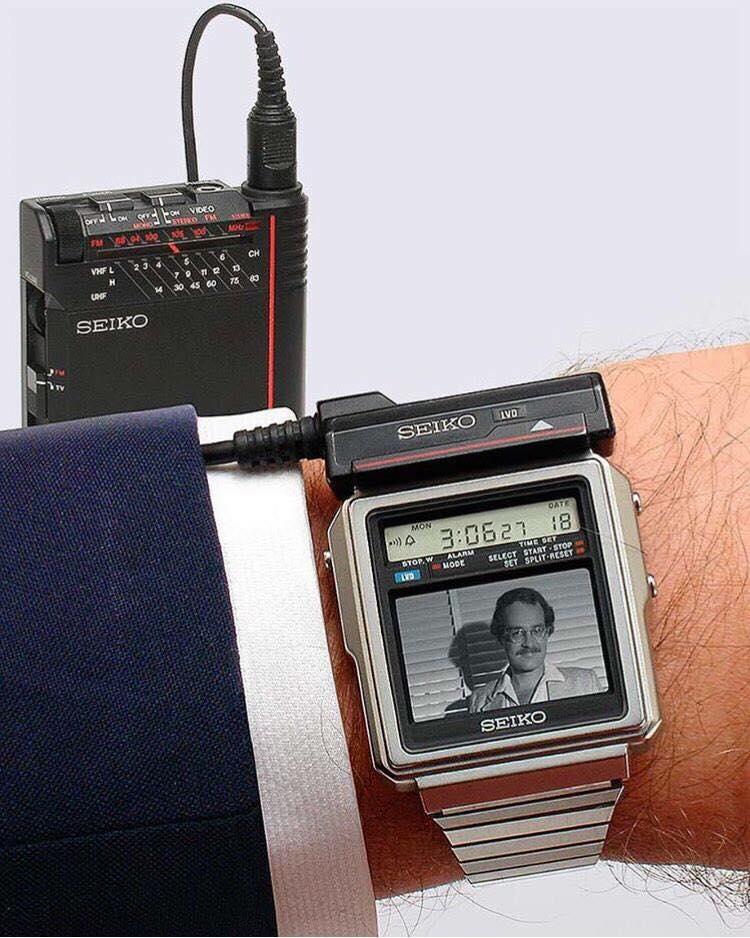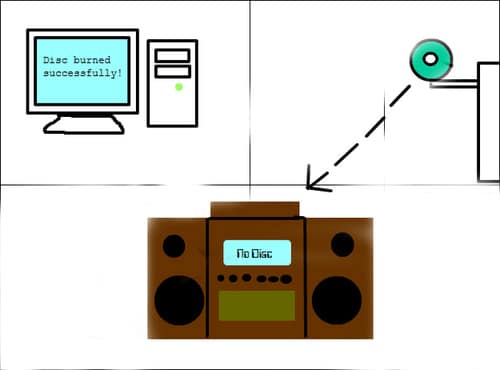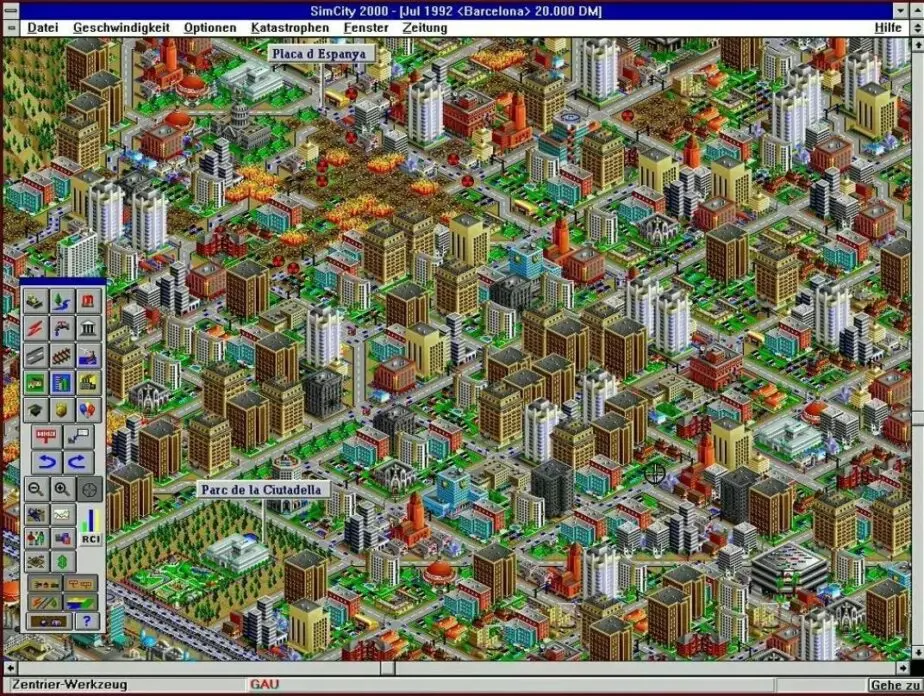
The year is 1993. Pixels are chunky, dial-up is king, and a new digital metropolis is calling your name. SimCity 2000, the much-anticipated sequel to the groundbreaking original, arrived on the scene and didn’t just offer a bigger sandbox; it handed us the keys to a far more intricate and captivating urban empire. Even now, over three decades later, the mere mention of its name evokes a wave of nostalgia for many, a testament to its enduring design and captivating gameplay.
For those who may have missed this cornerstone of PC gaming, SimCity 2000 tasked you with the monumental job of designing, building, and managing a city from the ground up – literally. Unlike its predecessor’s top-down view, SimCity 2000 introduced an isometric perspective, giving your burgeoning city a sense of depth and life previously unseen. You weren’t just plopping down zones anymore; you were sculpting a landscape, laying down intricate road networks, and carefully balancing the delicate ecosystem of a modern metropolis.
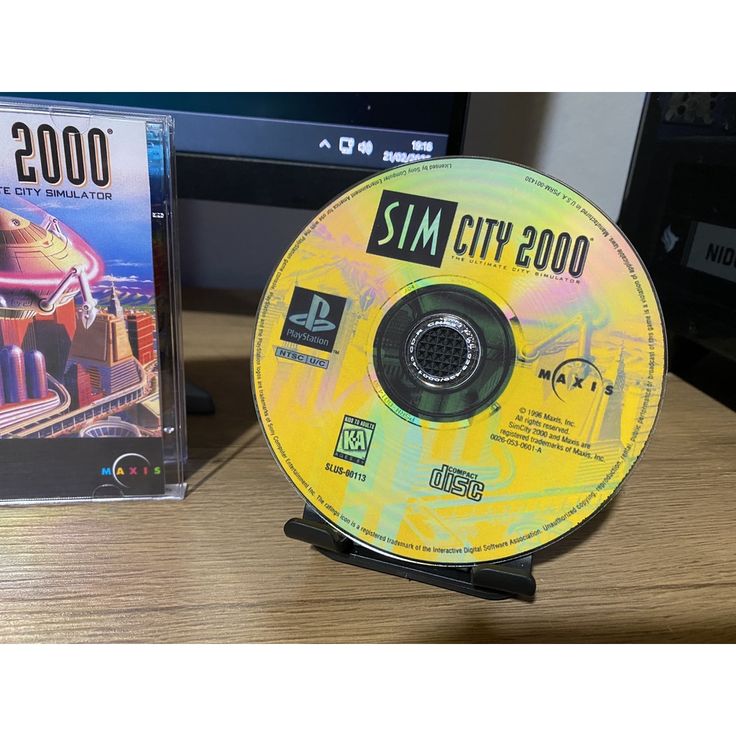
What truly set SimCity 2000 apart were its layers of complexity and newfound features. Mayors now had to contend with an underground level, managing water pipes and subway tunnels – a crucial addition that added a whole new dimension to urban planning. The introduction of a query tool allowed for a granular understanding of your city’s health, letting you click on individual buildings to see their status and needs.
The range of buildings and infrastructure expanded dramatically. Players could now construct schools, hospitals, prisons, marinas, zoos, and even more advanced power solutions like microwave and fusion plants. The addition of ordinances provided a new layer of governance, allowing you to enact policies on everything from finance to public safety, each with its own set of consequences. And who could forget the iconic newspapers that delivered updates on your city’s progress, citizen sentiment, and the occasional, calamitous disaster?
Ah, the disasters! From a classic earthquake or monster attack (often a giant, rampaging creature) to the new and terrifying alien invasions, these events could throw a meticulously planned city into chaos, testing your crisis management skills and your city’s resilience. Yet, there was an odd satisfaction in rebuilding, in proving your mayoral mettle against the forces of digital nature (or extraterrestrial aggression).
Beyond the day-to-day management, SimCity 2000 offered a glimpse into the future with the inclusion of Arcologies – massive, self-contained living environments that represented the pinnacle of urban development. The ultimate (and often elusive) goal for many was the “Launch Arco,” a monumental achievement that saw a segment of your city’s population blast off into space.
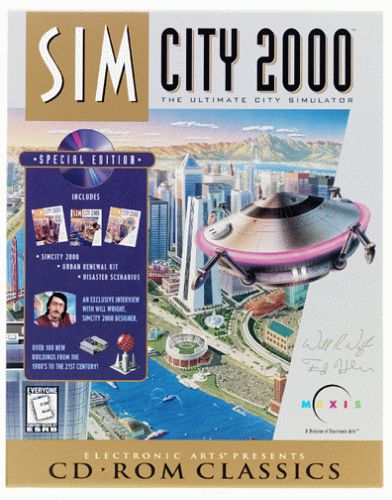
The game wasn’t just an idle pastime; it was an engaging lesson in cause and effect, resource management, and civic planning. It subtly taught players about the importance of infrastructure, the impact of pollution, the need for public services, and the delicate balance of a budget. Its influence can be seen in countless city-builders and simulation games that followed, cementing its status as a true pioneer of the genre.
SimCity 2000 wasn’t just a game; it was a creative outlet, a strategic challenge, and for many, an introduction to the complexities of urban life. Whether you were meticulously crafting a utopian paradise or gleefully unleashing disasters upon your unsuspecting Sims, it offered an unparalleled level of engagement that keeps it fondly remembered in the annals of gaming history. So, dust off that old floppy disk (or, more realistically, find it on a digital storefront) and take another trip down memory lane. The mayoral seat of SimCity 2000 is always waiting.
Building the Digital Metropolis: Why SimCity 2000 Still Holds a Special Place in Our Hearts
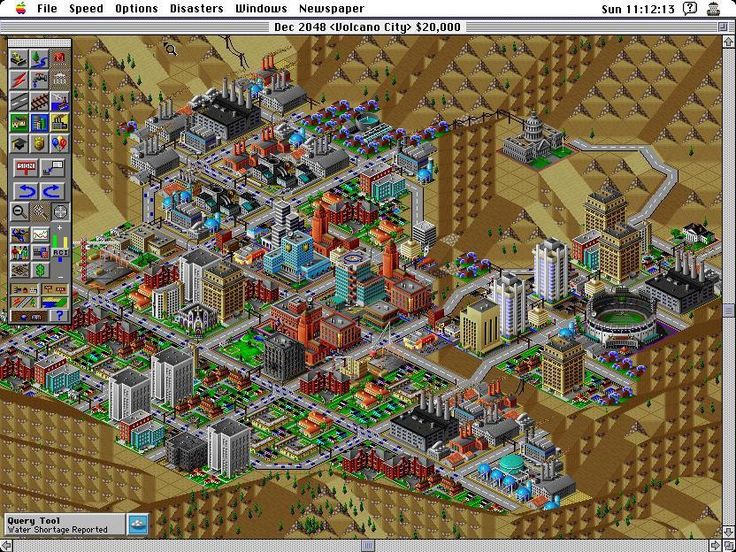
For a certain generation of gamers, the opening chimes of SimCity 2000 are an instant portal back to a time of pixelated metropolises, zoning conundrums, and the occasional (or frequent) alien invasion. Released in 1993 by Maxis, SimCity 2000 wasn’t just a sequel; it was a monumental leap forward that cemented the city-builder genre and left an indelible mark on countless aspiring virtual mayors.
More than just a game, SimCity 2000 was a canvas for creativity, a lesson in urban planning (however simplified), and a masterclass in cause-and-effect. It took the foundational concepts of its 1989 predecessor and expanded upon them in every conceivable way, offering a depth and complexity that was, at the time, revolutionary.
From Top-Down to Isometric Grandeur: A New Perspective on City Building
One of the most immediate and striking changes from the original SimCity was the shift from a top-down view to a detailed isometric perspective. This new vantage point brought cities to life, allowing players to see the undulating terrain, the distinct architecture of their buildings, and the bustling (or gridlocked) streets. Land could now have different elevations, forcing mayors to think about hills, valleys, and water tables.
But the innovations didn’t stop at surface level. SimCity 2000 introduced an entirely new dimension to urban management: the underground. Players could now lay water pipes – a crucial utility often overlooked until citizens started complaining – and construct subway systems to alleviate traffic woes. This added layer of complexity was a game-changer, making the act of building and managing a city feel far more intricate and realistic.
More Tools, More Power, More Problems (and Fun!)
The mayoral toolkit in SimCity 2000 was significantly expanded. Beyond the basic residential, commercial, and industrial zones, a plethora of new civic and public buildings became available. Schools, hospitals, prisons, libraries, museums, marinas, and even zoos could be constructed, each with its own impact on the city’s development, land value, and citizen satisfaction.
Transportation options also grew, with the introduction of highways, bus depots, railways, and the aforementioned subways, alongside airports and seaports. Managing the city’s finances became a more elaborate affair too; tax rates could be individually set for residential, commercial, and industrial zones, and players could issue bonds (though at the risk of long-term debt). The introduction of city ordinances allowed for further fine-tuning, addressing issues like pollution, crime, and even promoting tourism. A handy query tool provided detailed information about any tile on the map, from structure names and types to altitude and land value.
The Rise of the Arcologies: Cities Within Cities
Perhaps one of the most iconic and futuristic additions to SimCity 2000 was the introduction of Arcologies. These massive, self-contained structures became available in the late game (the game spanned from 1900 to well into the future, with new technologies and challenges unlocking over time). Arcologies could house tens of thousands of Sims, offering a solution to population caps and representing the pinnacle of urban development. There were several types, each with its own unique (and often quirky) design, and watching them launch into space (the “Launch Arco”) after fulfilling certain conditions was a memorable, if somewhat bizarre, endgame goal for many.
Facing Disasters and Unique Challenges: The Scenarios
Beyond the open-ended sandbox mode, SimCity 2000 featured a variety of engaging scenarios that thrust players into pre-built cities facing specific crises. Whether it was dealing with a UFO invasion in Atlanta, rebuilding Charleston after a devastating hurricane, cleaning up pollution in Chicago, or managing the aftermath of a nuclear mishap in Barcelona during the “Global Games,” these scenarios offered unique challenges and a more goal-oriented gameplay experience. Successfully navigating these disasters and meeting the win conditions was a true test of mayoral skill.
A Lasting Legacy: More Than Just Pixels
SimCity 2000’s impact extended far beyond its initial release. It garnered critical acclaim for its detailed graphics, improved controls, engaging gameplay, and memorable music (that many can still hum to this day). It sold millions of copies worldwide and became a cultural touchstone.
The game’s influence on the city-builder genre is undeniable. Many subsequent titles have built upon the foundations laid by SimCity 2000, adopting its isometric perspective, complex utility management, and diverse range of urban infrastructure. Its educational value, though often an unintentional byproduct, introduced many to the basic concepts of urban planning, resource management, and the interconnectedness of a city’s various systems. This was even recognized by institutions like the Museum of Modern Art (MoMA), which selected SimCity 2000 for its esteemed video game collection, acknowledging its historical and cultural relevance.
Nostalgic Bytes and Fun Facts
Part of SimCity 2000’s enduring charm lies in its quirky details and the memories it created:
- The Llama Reports: The in-game newspaper, filled with headlines reflecting your city’s progress (or failures), often featured a healthy dose of humor and the recurring motif of llamas.
- Neil Gaiman’s Hidden Essay: Clicking on a library in the game and choosing to “ruminate” would reveal an essay about the nature of cities penned by the renowned author Neil Gaiman, a fascinating Easter egg.
- Familiar Sounds: The “zzt” sound effect when placing power lines was reportedly voiced by Will Wright himself as a placeholder but was kept in the final game.
- Sci-Fi Neighbors: Many of the names of neighboring towns that players could connect to were references to characters from British sci-fi TV shows like Red Dwarf and Blake’s 7.
Still Mayor-Worthy Today
Even decades later, SimCity 2000 evokes a powerful sense of nostalgia for those who spent countless hours meticulously crafting their digital domains. Its blend of creativity, strategy, and the sheer satisfaction of watching a tiny settlement blossom into a sprawling metropolis (or crumble under the weight of poor decisions and monster attacks) remains captivating. While newer city-builders offer more graphical fidelity and deeper simulation, SimCity 2000’s charm, its pioneering spirit, and its fundamental gameplay loop continue to hold a special place in the annals of gaming history.
Did you spend hours at the helm of a SimCity 2000 metropolis? What are your fondest memories of the game? Share your thoughts in the comments below!


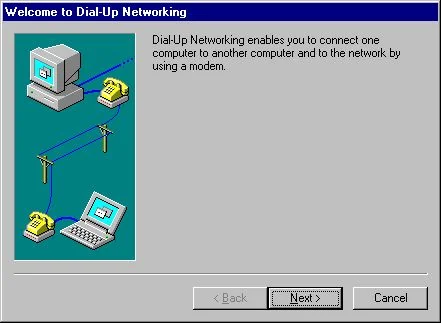
![Futures Past: Nostalgia, 90s Tracks, and Throw Backs [SNS #6] 7 Futures Past: Nostalgia, 90s Tracks, and Throw Backs [SNS #6] 7](https://90kids.com/wp-content/uploads/2021/01/Futures-Past-Nostalgia-90s-Tracks-and-Throw-Backs-SNS-6.jpg)



